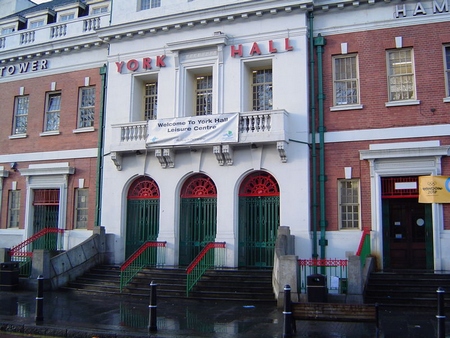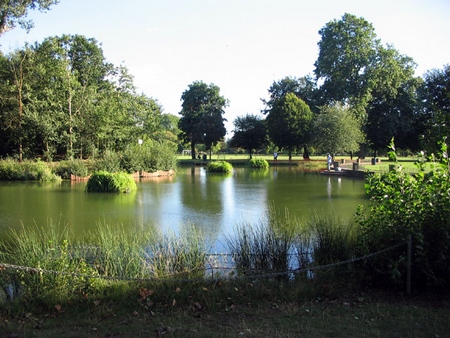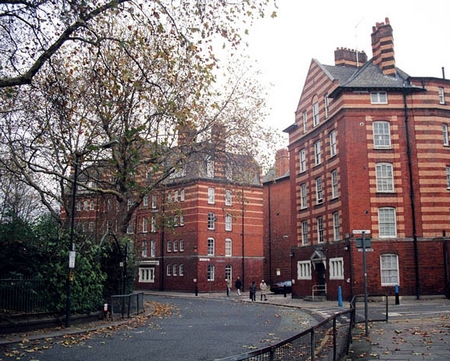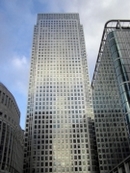 The 'Cockney' accent
The 'Cockney' accent
The popularity of BBC TV's 'Eastenders' has introduced Cockney English to a wider audience. The word Cockney itself may derive from 'Coken ay' that is a cock's egg, which was considered to be something of little importance. Traditionally, a Cockney was someone born within the sound of Bow bells i.e. St Mary Le Bow Church in Cheapside, City of London. This includes (but is not limited to) the areas of Bethnal Green, Whitechapel, Spitalfields, Stepney, Wapping, Limehouse, Poplar, Millwall, Hackney, Shoreditch, Bow and Mile End.
Cockney is only one of many accents to be found in London. The polar opposite to Cockney is 'Received Pronunciation' (RP), which loosely might be called the sort of 'BBC English' that was popular in times past. RP is not confined to any particular area, rather a distinctive accent used by people in various parts of the country. In between these two extremes we have what is commonly known as 'Estuary English' - a form widely spoken in the South East of England and related to (but not identical with) Cockney.
George Bernard Shaw famously parodied Cockney in his play Pygmalion.
Here are some characteristics of Cockney English:
- Dropping the 'H' - e.g. 'ere' for 'here'.
- Missing the 'g' at the end of a word e.g. 'avin' for 'having'
- Not using 'TH' in some words, e.g. 'fink' for 'think' and 'muvver' for 'mother'
- Using a
long 'a' in some words e.g. 'glarss' for 'glass' and 'barth' for
'bath' - This is infact a characteristic of London and the South East.
Further north, the short a (e.g. 'glaSS') prevails.
- Forming
'Tags' e.g. 'init' for 'is it not'
- Using 'them' and 'me' for 'those' and 'my' e.g. 'them books' and 'me friends'.
Perhaps the most famous aspect of Cockney is rhyming slang. For example, 'Apples and Pears' for 'Stairs', 'Trouble and Strife' for 'Wife'. Some of this has passed into the mainstream such as 'Stop rabbiting on' (from 'Rabbit and Pork' - talk). Why not try this online translator to see how Cockney works (service provided by Whoohoo).
 East London
East London
I was born and spent most of my life in the Bethnal Green area of East London. The name 'Bethnal' is of uncertain origin, but is thought to come from a Huguenot family, who settled in the area. Huguenots are French Protestant Christians who fled France following Louis XIV's revocation of the Edict of Nantes in 1685, which gave them legal status.
In the 19th century, the area began to develop as a centre of the silk weaving trade and many street markets also appeared (a tradition that continues today with the famous Brick Lane and Columbia Road markets). Particularly in Victorian times, the area was known for its high levels of deprivation and indeed Bethnal Green was perhaps the poorest part of London in that era. The novel 'Child of the Jago' brought the poverty of the area into sharp focus, and as a result, Bethnal Green was the subject of much social concern. Long hours spent in workhouses made for a very hard life for many people.
The 20th century brought renewed efforts to improve the situation, with the demolition of much of the old housing, and recently Bethnal Green's proximity to the City of London area has resulted in significant levels of interest and redevelopment. In 1965, Bethnal Green became part of the new London Borough of Tower Hamlets.

York Hall, Bethnal Green. The Hall is famous as a boxing venue.
Bethnal Green suffered a major disaster in 1943: The then unopened Underground station was being used a wartime air raid shelter. On the evening of 3 March, the air raid siren sounded and many people began to enter the shelter. The sound of anti-aircraft fire caused widespread panic as people poured underground. The staircase leading into the station was extremely dark and a woman slipped and fell as she entered. Within a short space of time, 173 people had died in the ensuing crush. The BBC has written an excellent article on the disaster.
A map of the area is available at the Multimap web site.

Victoria Park, Bethnal Green.
In 1999, I moved further east, to East Ham. You will find an interesting history of the area, and the church I attended, on the High Street South Methodist Church page.
East London will now play host to the 2012 Olympics, with a new Olympic stadium in the Stratford area. Both Stratford and East Ham are within the London Borough of Newham, one of London's most dynamic and vibrant boroughs.

Arnold Circus, Bethnal Green.
The building on the right is Hurley House, where I lived from 1968-1974.
Photo courtesy of A Foundation.


